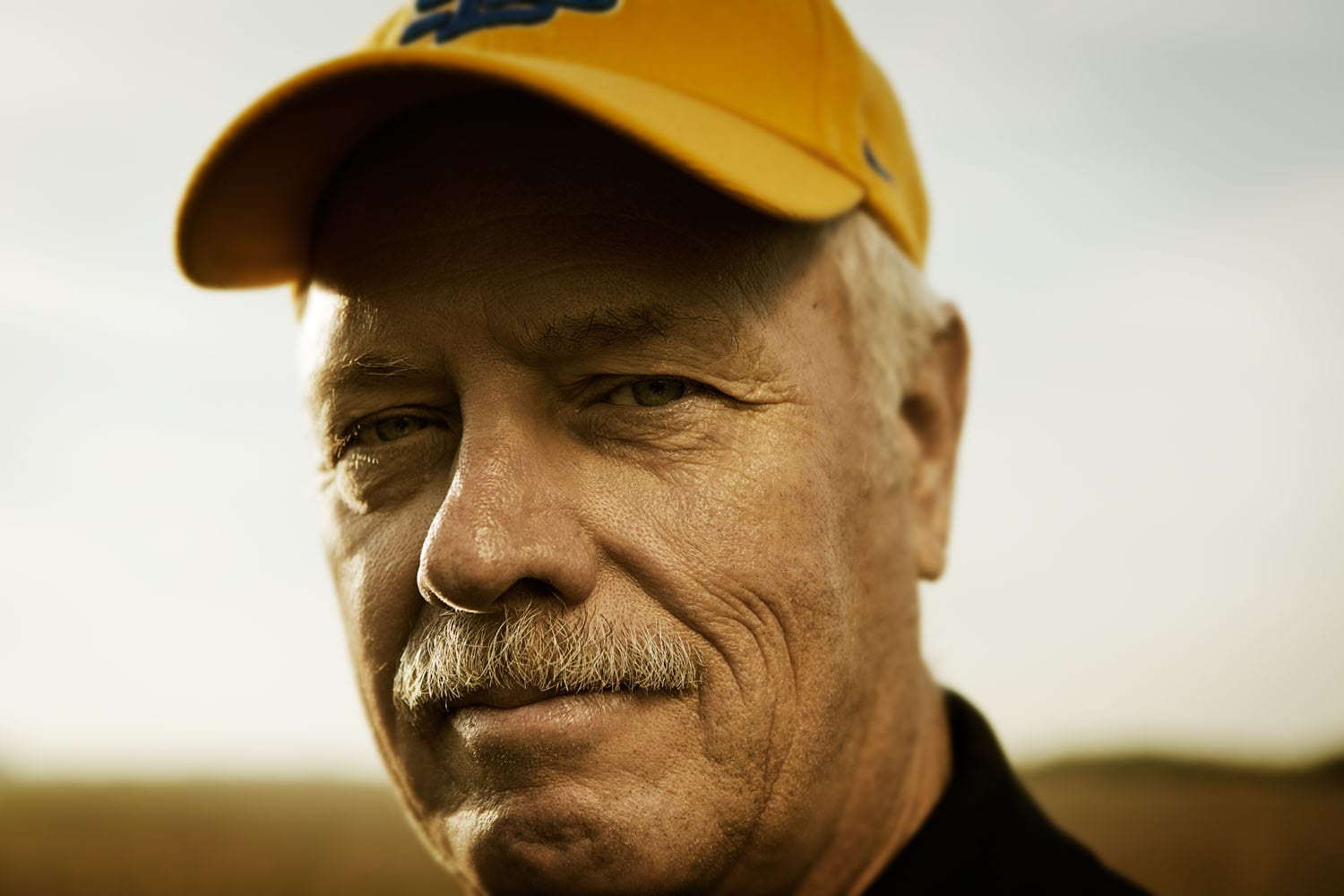Bainbridge Farm
Ethan, South Dakota
When it comes to sustainability, most U.S. farmers are doing everything they can to maintain the land, resources and fertility of their farms.
That’s what Lewis Bainbridge, a soybean farmer from the southern edge of South Dakota, strives to do every day on his fifth-generation family farm.
 “Our goal is to take the land that we have and leave it in better condition than when we started farming on it, he says. “And hopefully the next generations will continue to do this.”
“Our goal is to take the land that we have and leave it in better condition than when we started farming on it, he says. “And hopefully the next generations will continue to do this.”
Bainbridge, a United Soybean Board farmer-leader, farms with his wife, Charlene; two sons, Neal and Matt; and Neal’s wife, Tara. They all work together on a daily basis, which is what Lewis believes has kept their family farm strong over the years, proving to be a reliable source of U.S. soy for their customers. Like many U.S. farmers, he hopes his farm continues to be passed down from generation to generation.
 The Bainbridges’ diversified farm was homesteaded in 1919 by Lewis’ grandparents, who raised beef and dairy cattle, hogs, chickens and sheep. Over the years, they have transitioned to raising only beef cattle, but now they also grow soybeans, corn, wheat, peas and alfalfa hay. Lewis’ family originally came from England and Germany. His great-grandfather homesteaded in Nebraska, then his grandfather later moved to South Dakota and started the farm Lewis has.
The Bainbridges’ diversified farm was homesteaded in 1919 by Lewis’ grandparents, who raised beef and dairy cattle, hogs, chickens and sheep. Over the years, they have transitioned to raising only beef cattle, but now they also grow soybeans, corn, wheat, peas and alfalfa hay. Lewis’ family originally came from England and Germany. His great-grandfather homesteaded in Nebraska, then his grandfather later moved to South Dakota and started the farm Lewis has.
The farm has gone from minimum-till to ridge-till to being completely no-till for the last 20 years. The Bainbridges utilize cover crops and crop rotation to continue to improve their soil’s health, adding to their sustainable practices.
Other sustainable practices include rotational grazing of cover crops so the livestock recycle nutrients and also solar-powered wells to distribute water evenly across pasture units.
“We will continue to do the best job that we can,” says Lewis. “We also strive to improve crop rotations and utilize the best-management practices that we need to make everything continue to work together in a sustainable way for U.S. soy.”
